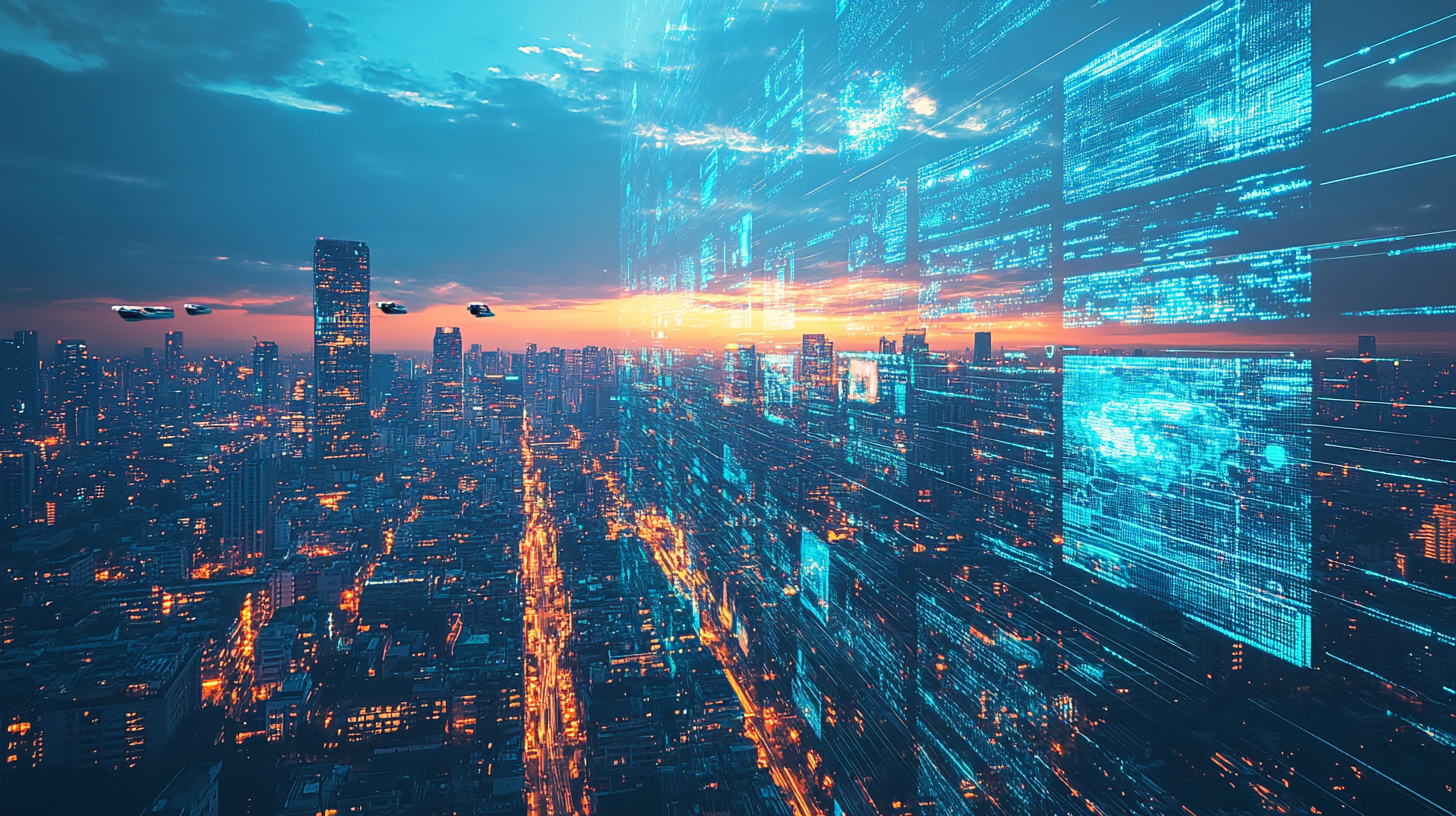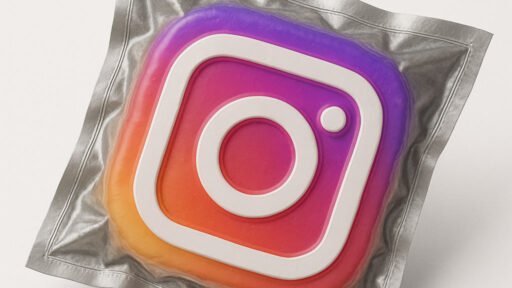Let me tell you something about creativity—it’s messy. It’s unpredictable. It’s that moment when you’re staring at a blank canvas, a blinking cursor, or a silent piano, and suddenly, out of nowhere, an idea strikes. But here’s the thing: in 2025, that “out of nowhere” moment isn’t always just yours anymore. Sometimes, it’s a little nudge from an AI collaborator.
AI as a Creative Catalyst
One of the most exciting aspects of AI in 2025 is its role as a creative enabler. Whether you’re designing logos, composing melodies, or brainstorming blog ideas (like this one), AI works as a partner—not a replacement. It’s like having a brainstorming buddy who never tires, never runs out of ideas, and never judges your rough drafts.
AI is also democratizing creativity. Tools like AI-powered design platforms and music generators are giving everyone—from novices to pros—the ability to create stunning visuals, heartfelt songs, and more. It’s empowering and redefining the limits of artistic expression.
The Ethical Gray Areas
But it’s not all rainbows and unicorns. AI’s rise in the creative process raises ethical questions. Who owns AI-generated work—the user, the developer, or the AI itself? And what happens when AI-generated art feels too human? We’re still wrestling with these questions in 2025, and answers remain elusive.
Bias is another challenge. Since AI systems are only as good as the data they’re trained on, outputs can sometimes reflect stereotypes or clichés. This highlights the importance of human oversight to ensure AI tools are used responsibly.
The Fear of Losing the Human Touch
As AI gets better at mimicking human creativity, there’s a lingering fear—are we at risk of losing what makes creativity human? True creativity isn’t just about producing something new; it’s about expressing personal emotions, experiences, and imperfections. Can AI ever truly understand that?
While AI can assist, it can’t replicate the messy, beautiful, and deeply human process of creation. The late-night brainstorming sessions, moments of self-doubt, and unexpected breakthroughs are irreplaceable parts of the journey.
The Future: A Collaboration, Not a Competition
Looking ahead, the future of creativity lies in collaboration, not competition, between humans and AI. It’s about finding a balance—where technology amplifies our imagination without overshadowing our humanity.
AI is here to push the boundaries of what’s possible, but the heart of creativity will always belong to us—the messy, unpredictable, and endlessly imaginative humans who dare to dream.
Here’s to the future: a world where creativity knows no limits, where anyone can be an artist, a writer, a musician, or a dreamer. Let’s embrace AI not as a rival, but as a partner in pushing the limits of imagination.






